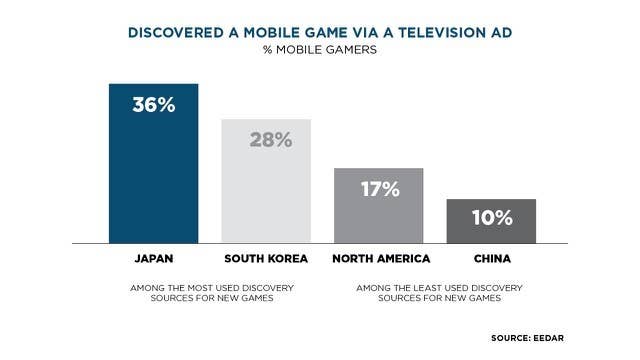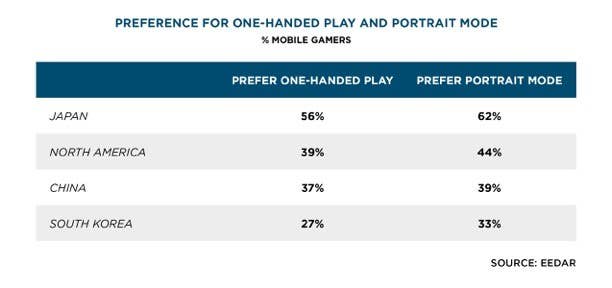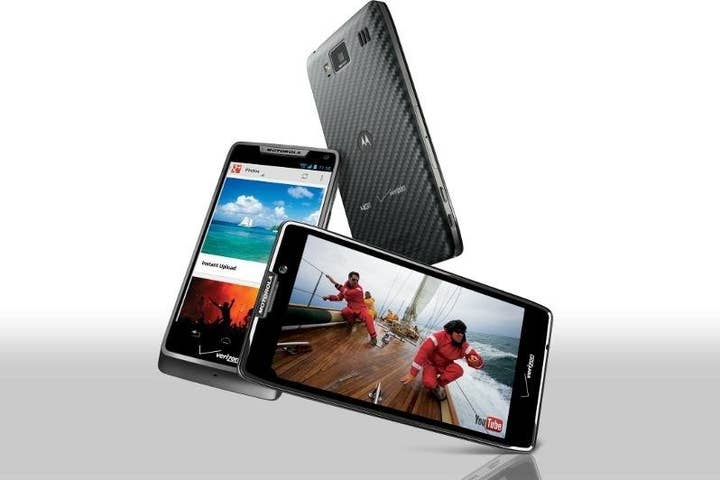This holiday's mobile trends to watch
EEDAR senior analyst Heather Nofzinger shares insight on why players spend, where TV ads work best, and the high cost of loading times
As mobile gamers unwrap new devices and begin searching for games to play this holiday season, EEDAR shares some interesting trends that can help to make the most of attracting new players to your games by giving you a better idea of what they're spending on, how they prefer to play, and where they're most likely to hear about new games:
Bah, humbug! - Players not in gift-giving spirit
Encouraging players to gift items or lives to help friends is an excellent way to strengthen a game's community and promote regular engagement. When these actions cost very little (or better yet, nothing), players are more than happy to share with others. But don't expect virtual gifts to be flying off the shelves if they require an investment of real money - when it comes to spending, payers tend to be Scrooges. Although the exact reasons vary by region, mobile gamers' top motivations for making in-app purchases tend to be selfish:
- To reach personal goals (25 percent or more)
- To increase their competitive abilities (19 percent or more)
- To unlock new or better content (33 percent or more)
Purchasing gifts for others, on the other hand, ranks among the least motivating reasons to spend (12 percent or less per region buy gifts for others). To encourage spending this holiday season, it seems a better bet would be to appeal to players' Black Friday deal-hunting spirit with special sales, rather than their generosity toward fellow players.
Tune in, tune out - TV ads don't guarantee downloads
A desire to stand out in a crowded market has driven many publishers to push for bigger and flashier advertising campaigns to attract consumer attention. Although spending big bucks for a prime-time advertising slot can guarantee significant views - these views aren't necessarily a major discovery source in every market.

In Japan and South Korea, top grossing success is difficult without a strong TV presence, as TV ads are among the top 5 most used discovery sources in these regions (and are the #1 most used source in Japan). In North America and China, however, TV ads play a much smaller role in discovery. In these regions, advertising dollars are likely to go farthest where advertisements are viewed directly on mobile devices - as with ads on social media, websites or in other games/apps.
Long loading times are costing you players
Having an attractive loading screen page is a great way to show that a game has strong production values, but forcing players to stare at it while a game downloads substantial updates or plows through its code might be costing you players in the long run. Nearly 1 in 5 mobile gamers across North America (17 percent), Japan (18 percent), and South Korea (16 percent) have stopped playing a mobile game because it took too long to load. China's mobile gamers indicate even lower tolerance for waiting to play - 31 percent have churned based on loading times (and it is among their top five reasons for churning from a game).
This means a delicate balancing act is required between the implementation of strategies that help to improve downloads (such as multi-stage downloads that facilitate on-the-go initial downloads) and retention (such as regular content updates), and a desire to get gamers in and playing quickly.
Portrait of a changing landscape
Accessibility is the golden rule of mobile, and this has often translated into a belief that players seek out single-handed controls and portrait configurations when looking for mobile games to play, because these features require less time and attention. As the (screen) size gap between smartphone and tablet has shrunk, however, this approach seems to be less of a hard and fast rule. With the exception of Japan, smartphone gamers across North America, China, and even South Korea, indicate that they are open to - and often prefer - the stability and flexibility that two-handed controls and landscape configurations offer.

Although this does not mean single-handed, portrait configurations should be abandoned, it does suggest that there is more flexibility than is often assumed. As such, it is worth it is worth exploring alternatives that players may find more comfortable, provided it is merited by the gameplay.
The data in this article is from the recently released EEDAR 2015 Deconstructing Mobile and Tablet Gaming, an analysis of mobile gamer attitudes and behaviors in North America and Asia. A free, whitepaper version of the report can be found here.
